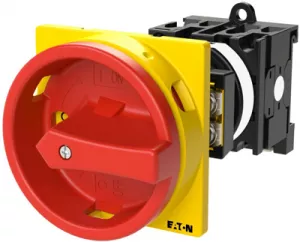Circuit Breakers

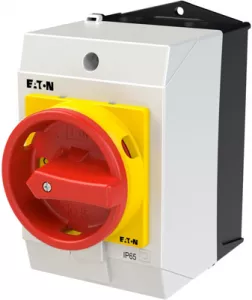
Order No.:
82P0270
Manufacturer SKU:
207159


Order No.:
82P0271
Manufacturer SKU:
207162

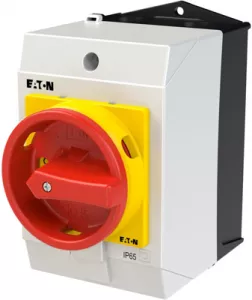
Order No.:
82P0272
Manufacturer SKU:
207161

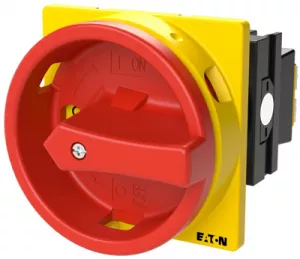
Order No.:
82P0273
Manufacturer SKU:
053110

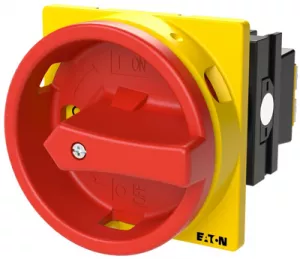
Order No.:
82P0275
Manufacturer SKU:
091078

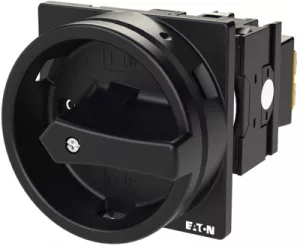
Order No.:
82P0276
Manufacturer SKU:
041246

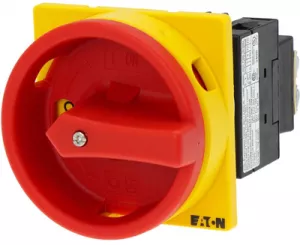
Order No.:
82P0277
Manufacturer SKU:
038873

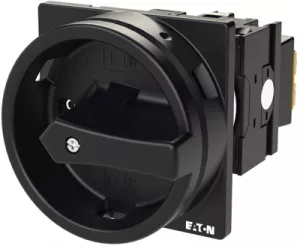
Order No.:
82P0278
Manufacturer SKU:
083961

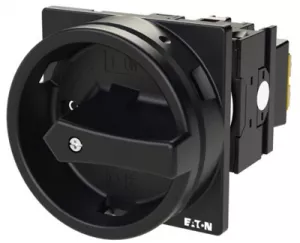
Order No.:
82P0279
Manufacturer SKU:
207401

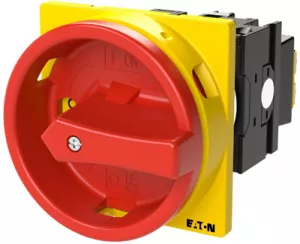
Order No.:
82P0280
Manufacturer SKU:
207400
Order No.:
82P0281
Manufacturer SKU:
043619

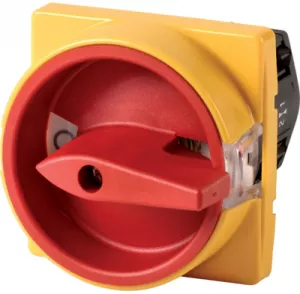
Order No.:
82P0346
Manufacturer SKU:
045478

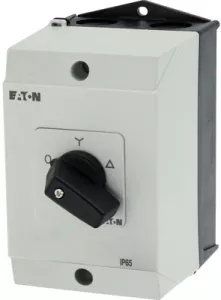
Order No.:
82P0872
Manufacturer SKU:
207140

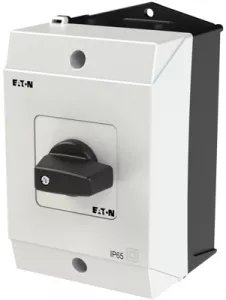
Order No.:
82P0986
Manufacturer SKU:
207102

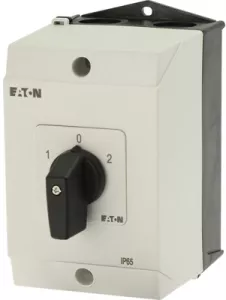
Order No.:
82P0987
Manufacturer SKU:
207123

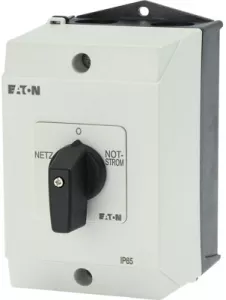
Order No.:
82P0988
Manufacturer SKU:
218985

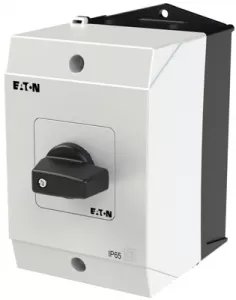
Order No.:
82P1050
Manufacturer SKU:
207132

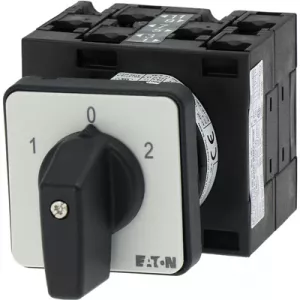
Order No.:
82P1053
Manufacturer SKU:
030992

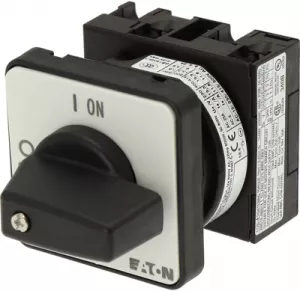
Order No.:
82P0144
Manufacturer SKU:
067352

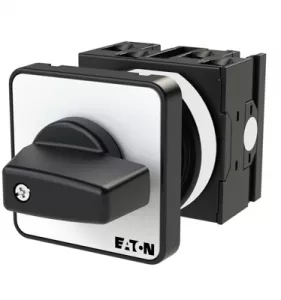
Order No.:
82P0145
Manufacturer SKU:
207398
Safety guaranteed: Functions and advantages of switch-disconnectors
Circuit breakers are used to protect electrical circuits by automatically switching off in the event of an overload or short circuit. They can be switched back on, eliminating the need for one-way fuses. Switch-disconnectors, on the other hand, specialize in safely isolating electrical circuits from the power supply.
Unlike circuit breakers, switch-disconnectors do not perform a protective function, but merely ensure safe isolation as well as prevention of accidental switch-on. Both electromechanical components are indispensable in electrical installations and in the energy sector, with circuit-breakers primarily ensuring the protection of installations, while switch-disconnectors are used for maintenance and repairs.
